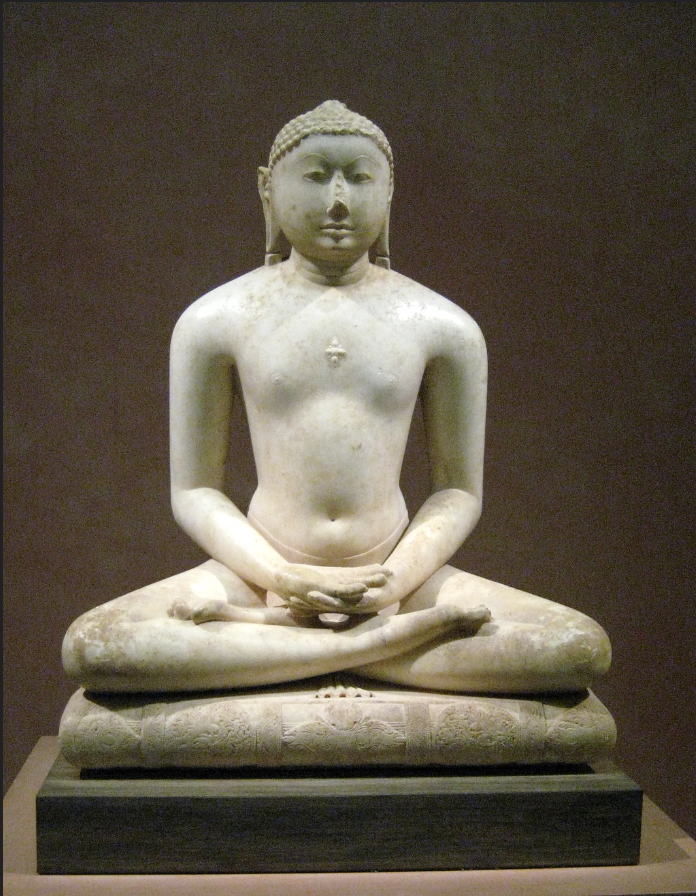Home » Archives for Anand » Page 12
Causes for the Rise of Jainism and Buddhism
Read about the different causes for the rise of Jainism and Buddhism in India.
The sixth century B.C. was a great century in history as great thinkers like Buddha, Mahavira, Zoroaster, Confucius and Lao Tse lived and spread their ideas during this century.
Following were the primary cause for the rise of Jainism and Buddhism in India :
- Religious Unrest – The complex rituals and sacrifices advocated in the later vedic period were not acceptable to the common people. The sacrificial ceremonies suggested in vedic rituals were very expensive for the common man.
- Prevalence of superstitions in society – The superstitious beliefs and mantras confused the people.
- Philosophical nature of Upanishads – Upanishads, which provided an alternative to the system of sacrifices, were highly philosophical in nature and therefore not easily understood by general people.
- Rigid caste system – Caste system prevalent in India created tensions in the society as higher classes enjoyed certain special privileges which were denied to the lower classes.
- Dissatisfaction of Kshatriyas – The Kshatriyas resented the domination of the priestly class. Being the ruling class, they wanted a more privileged position in society.
- Social status of Vaisyas – The growth of trade and commerce led to the improvement in the economic conditions of the Vaisyas. As a result, they wanted to enhance their social status but the orthodox and rigid nature of the Varna system did not allow this. They were positioned after Braman and Kshatriyas which they wanted to change as they became wealthy with time.
- Language of vedic literature – Vedas were written in the Sanskrit language, which was not commonly understood by most people.
Above causes, worked as a catalyst in the rise and spread of Jainism and Buddhism in India.
Instead of the existing ritualistic and philosophical way of salvation, Jainism and Buddhism provided a simple, short and intelligible way to salvation for all people. Their religious teachings were also in the language generally spoken and understood by the common populace.
Kshatriyas and merchant class(Vaisyas) also extend support to Buddhism and Jainism.
Many kings of ancient India like Chandragupta Maurya, Ashoka etc. adopted and worked towards the spread of Buddhism and Jainism.
Hence, due to these causes, Jainism and Buddhism spread widely in India.
We this, we conclude this topic here.
You can read complete Ancient History notes here.
You can solve Ancient History Chapter-wise MCQs here.



